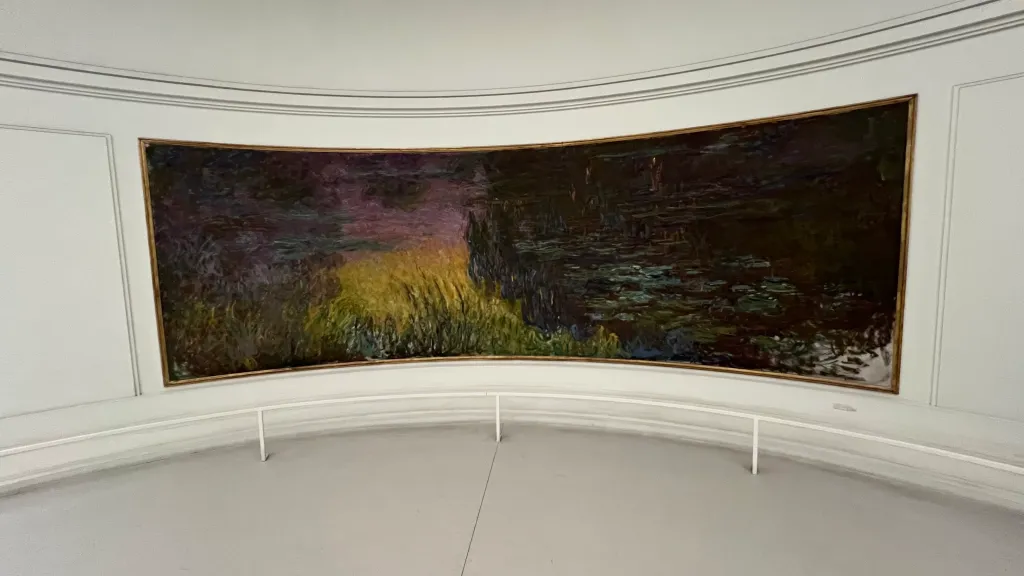
The Victoria and Albert Museum ( V&A ) is one of the world’s foremost collections of decorative arts and architecture. It served as a model for the development of applied arts museums in Vienna (1864), Berlin (1867), Oslo (1876), Copenhagen (1890), and other cities.
Architectural Reform movement
The history of the V&A can be traced back to the architectural reform movements that engulfed the United Kingdom in the two decades leading up to the Great Exhibition of 1851 in London. The 1835 Select Committee on The Arts and Their Connection to Manufacturers were tasked with looking into “the means of expanding a knowledge of the Arts & Design among the citizens (especially the manufacturing population).” The following year’s report reflected the growing belief that one way to do so would be to create a range of well-designed manufactured products. It was hoped that it would educate students, industrialists, and artisans in matters of taste, thus reducing the influx of international design imports into the United Kingdom, which has become an increasing source of economic concern in political circles.
Following the Great Exhibition, Henry Cole, a key figure in Victorian art and design policy and the first director of the Department of Practical Art in 1852, established the Museum of Manufactures. It was later called the Museum of Ornamental Art. It housed a collection of items bought with a government grant from the Great Exhibition. It took on a definite moral slant with a gallery dedicated to displaying ‘Examples of False Principles in Decoration,’ an approach that could be compared to A. W. Pugin depicts Victorian industry in his celebrated book Contrasts, published in 1836.
Museum relocated to South Kensington.
The museum was moved to a location in South Kensington in 1857, which was bought with some of the Great Exhibition proceeds and housed in the “Brompton Boilers.” In 1860, a Select Committee of the House of Commons proposed a more permanent structure, which Francis Fowke planned. Owen Jones (the decorations of the Indian and Oriental Galleries), Morris & Co. (the Green Dining Room, 1866), and Sir Edward Poynter were among the notable designers and architecture firms who contributed to the interior design of the new house (the Grill Room). The library was built in 1882, and construction on a new building designed by Aston Webb began in 1899.
Queen Victoria laid the foundation stone.

Queen Victoria laid the foundation stone, and the museum was renamed the Victoria and Albert Museum. Despite an important legacy of Art Nouveau furniture from the 1900 Paris Exposition, the museum’s original strategy of purchasing contemporary designs as exemplars for educating those involved in the manufacturing industry had largely ceased by the First World War, new pieces primarily resulting from gifts. While there were some instances of exhibiting and purchasing contemporary design in the following decades, such as after the collapse of the British Institute of Industrial Art’s Gallery in nearby Knightsbridge in the 1920s, there was little attention to the original task of displaying modern design.
Collection of design objects
The V&A’s Circulation Department, on the other hand, collected 20th-century design for most of the century until it was closed in 1977 by the museum’s then-director, Roy Strong. This department arranged small travelling exhibits to art schools and, following WWII, a series of larger shows, including the Victorian and Edwardian Decorative Arts exhibition in 1952 and the Modern Chairs exhibition at the Whitechapel Gallery in London in 1970.
The V&A started collecting 20th-century artefacts again in the mid-1970s. In 1981, the Conran Foundation opened the Boilerhouse, which served as a major showcase for contemporary architecture until 1987, when it relocated with its director to the new Design Museum near Tower Bridge. The V&A founded a British Art & Design 1900–1960 Gallery in 1983 and a new Twentieth Century Gallery in 1992, complementing the museum’s new 20th century and contemporary design acquisitions strategy.
Additions

Other galleries have been redesigned, and new exhibits, such as the British Galleries, have been built. In 1995–6, the museum held a competition to house a new V&A building, stressing its explicit appreciation of contemporary architecture’s value. Daniel Liebeskind, a Polish-born architect, won it with the Spiral Scheme, a seven-story glass and tiled proposal that was never completed.
The V&A has recently embarked on a modernisation programme for the museum’s galleries and rooms. Leading contemporary designers have been active in this transition, called FuturePlan, which started in 2001 and has affected 70% of the institution’s public spaces in a decade.
Sources
Woodham, J. M. (2006). A dictionary of modern design. Oxford University Press.
More on Art and Design Museums
Top Exhibitions at Chicago Athenaeum Revealed
The Chicago Athenaeum promotes design excellence through innovative exhibitions, fostering cultural dialogue and showcasing architectural movements, industrial design, and individual…
Keep readingExploring the École des Beaux-Arts: A Legacy of Art Education
The École des Beaux-Arts, established in 1648, profoundly influenced Western art and architecture, shaping creative practices through rigorous training, classical…
Keep readingMusée de l’Orangerie: A Haven for Decorative and Fine Arts
The Musée de l’Orangerie, home to Monet’s Water Lilies, merges fine and decorative arts, showcasing modernism through immersive experiences and…
Keep readingYou may also be interested in
Vitra Design Museum – Encyclopedia of Design
The Vitra Design Museum ranks amongst the world’s leading design museums in Weil am Rhein, Germany . It is concerned with the study and presentation of design, past and present. It explores the relationship of design with architecture, art and everyday culture.
Adachi Museum Gardens – Encyclopedia of Design
The gardens vary in appearance every day. In fact, we might never see each beautiful moment again, and this is why the whole garden is always full of beauty. The founder Adachi Zenko, with the belief of “the garden is also a picture”, devoted himself to gardening until he died at the age of 91.
Discover more from Encyclopedia of Design
Subscribe to get the latest posts sent to your email.


